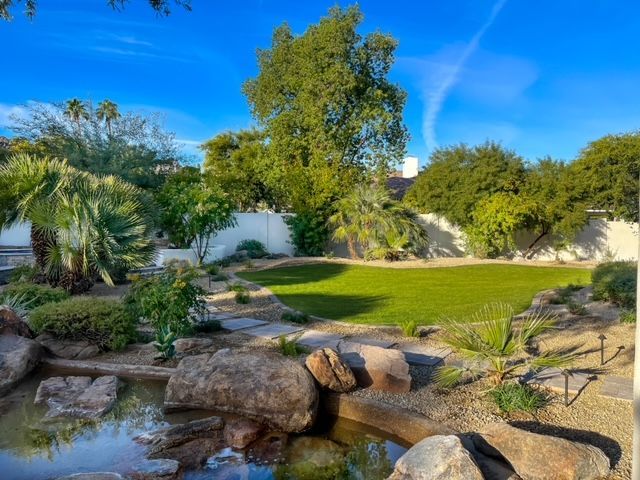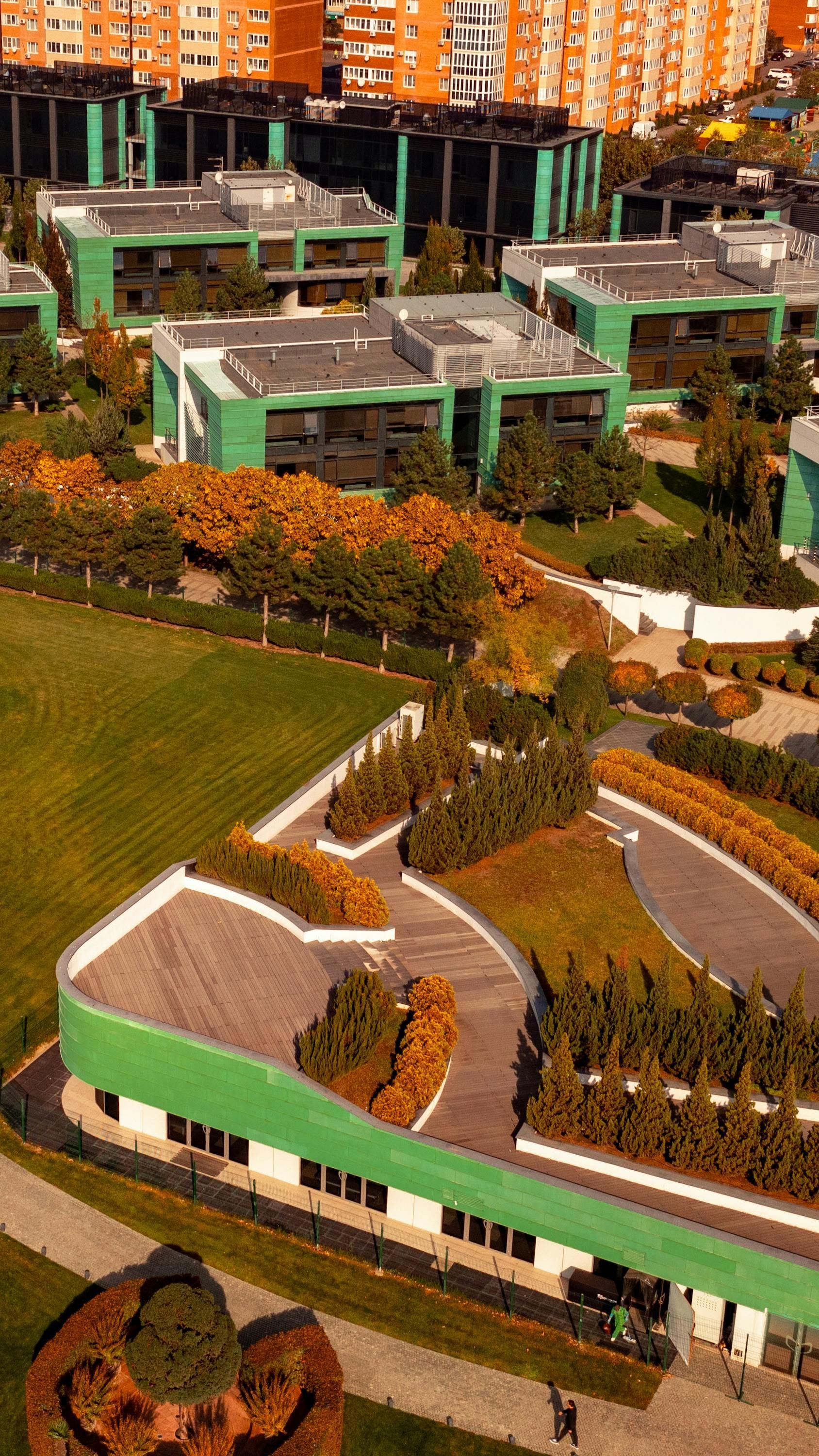Incorporating Rock Gardens into Your Landscape for Low-Maintenance Beauty
Creating a beautiful landscape that is both visually striking and easy to maintain is a priority for many homeowners. One of the most effective ways to achieve this is by incorporating rock gardens into your outdoor space. Rock gardens offer an elegant and natural aesthetic while requiring significantly less upkeep compared to traditional gardens. By using carefully chosen stones, drought-resistant plants, and thoughtful design, a rock garden can transform your yard into a serene and sustainable retreat.
Understanding the Concept of Rock Gardens
Rock gardens are landscapes that integrate various sizes of stones, pebbles, and drought-tolerant plants to create a natural and artistic outdoor space. Originating from alpine environments, where plants must thrive in rocky and arid conditions, rock gardens are now widely embraced in landscape design for their ability to add texture, depth, and year-round visual interest. They work well in different types of yards, whether you have a sloped area, a small urban garden, or a spacious backyard.
One of the primary reasons homeowners opt for rock gardens is their low-maintenance appeal. Unlike traditional gardens that demand constant watering, weeding, and pruning, rock gardens require minimal upkeep, making them an excellent choice for busy homeowners or those living in regions with water restrictions.
Benefits of Incorporating Rock Gardens into Your Landscape
Rock gardens provide numerous advantages beyond their aesthetic appeal. One of the most significant benefits is water conservation. Traditional grass lawns and flower beds require consistent watering, which can be costly and unsustainable in dry climates. Rock gardens, on the other hand, utilize drought-tolerant plants and strategically placed rocks to retain moisture, significantly reducing the need for irrigation.
Another advantage of rock gardens is their resistance to erosion. If you have a sloped yard, soil erosion can be a persistent problem, leading to landscape degradation and drainage issues. By incorporating rocks and ground cover plants, you can create a stable, erosion-resistant environment that prevents soil displacement while adding beauty to your outdoor space.
Rock gardens also serve as an excellent habitat for beneficial insects and wildlife. Native plants attract pollinators such as bees and butterflies, contributing to a thriving ecosystem. Additionally, strategically placed rocks can provide shelter for small creatures, enhancing the biodiversity of your garden.
Choosing the Right Location for Your Rock Garden
The location of your rock garden plays a crucial role in its overall design and functionality. Ideally, you should choose an area that receives ample sunlight, as many drought-resistant plants thrive in bright conditions. However, rock gardens can also be designed for partially shaded areas, provided that you select the right plant varieties.
Sloped or uneven terrain is perfect for rock gardens, as they can help control soil erosion while adding an eye-catching element to your yard. If you have a flat landscape, raised rock garden beds can be constructed to create depth and visual interest.
Drainage is another essential factor when choosing the right location for your rock garden. Rocks and gravel naturally improve drainage, preventing water from pooling in your garden. If you have areas prone to standing water, consider using a rock garden to improve water flow and absorption.
Selecting the Best Rocks for Your Garden
The type of rocks you choose can significantly impact the appearance and longevity of your rock garden. There are various rock options available, each offering a unique texture, color, and function.
Larger boulders serve as focal points in rock garden designs, creating structure and a sense of permanence. Medium-sized rocks help define different sections, while smaller stones and gravel add the finishing touches, filling in gaps and providing contrast against greenery.
Some of the most popular types of rocks used in rock gardens include:
- Limestone – Provides a natural and weathered look that blends well with different plant varieties.
- Granite – Offers durability and a wide range of color options, making it a versatile choice.
- Sandstone – Known for its warm hues, sandstone adds an inviting, earthy feel to rock gardens.
- River Rock – Smooth and rounded, river rocks create a polished and modern appearance.
- Lava Rock – Lightweight and porous, lava rock is an excellent option for adding texture and improving drainage.
The key to a visually appealing rock garden is to combine different sizes, shapes, and colors to achieve a balanced, natural look. Avoid placing rocks in uniform patterns, as an irregular arrangement mimics the organic appearance of natural landscapes.
Choosing the Right Plants for Your Rock Garden
Selecting the right plants is essential for achieving a thriving rock garden. Since the goal is to create a low-maintenance landscape, opt for drought-tolerant and native plants that can adapt to your local climate.
Some excellent plant choices for rock gardens include:
- Succulents (e.g., sedum, echeveria, and sempervivum) – These plants retain water in their leaves and require minimal care, making them perfect for rock gardens.
- Ornamental Grasses (e.g., blue fescue, feather reed grass, and fountain grass) – Add movement and texture to the garden while thriving in dry conditions.
- Ground Cover Plants (e.g., creeping thyme, stonecrop, and ice plant) – These low-growing plants spread across rocks, softening the overall design and reducing weed growth.
- Perennials (e.g., lavender, yarrow, and Russian sage) – Provide seasonal blooms that add color and attract pollinators.
- Drought-Tolerant Shrubs (e.g., juniper, rosemary, and dwarf cypress) – Offer structure and greenery year-round without requiring extensive watering.
When arranging plants, consider their height, spread, and seasonal characteristics. Mixing various plant heights creates layers and depth, while grouping plants with similar water and sunlight needs ensures optimal growth.
Designing and Constructing Your Rock Garden
A well-designed rock garden combines both form and function. Before you begin construction, sketch a layout to determine the placement of rocks, pathways, and plant groupings.
Start by preparing the ground by removing weeds and adding a base layer of gravel or sand to improve drainage. Position large boulders first, ensuring they are partially buried to create a natural, stable appearance. Next, arrange medium-sized rocks and smaller stones to build depth and texture. Once the hardscape is in place, add soil in designated planting areas and carefully plant your chosen greenery.
To enhance the overall aesthetic, consider incorporating pathways made of stepping stones or gravel, creating a sense of flow and accessibility. You can also add decorative elements such as driftwood, sculptures, or a small water feature to personalize the space further.
Maintaining Your Rock Garden for Long-Lasting Beauty
One of the greatest advantages of rock gardens is their low-maintenance nature. However, occasional upkeep ensures that your landscape remains in top condition.
Regularly check for and remove any weeds that may emerge between rocks. Applying a layer of mulch or gravel around plants can help suppress weed growth while retaining soil moisture. Prune and trim plants as needed to maintain their shape and prevent overcrowding.
Inspect the placement of rocks periodically, ensuring that they remain secure and stable, especially after heavy rains or shifting soil. If you notice areas where drainage needs improvement, adjusting the rock arrangement or adding more gravel can help direct water flow more effectively.
Conclusion: Transform Your Landscape with a Stunning Rock Garden
Incorporating a rock garden into your landscape is an excellent way to create a beautiful, low-maintenance outdoor space. With their ability to conserve water, prevent erosion, and provide year-round visual appeal, rock gardens are a smart investment for homeowners looking to enhance their property’s aesthetic and functionality. By selecting the right rocks, plants, and design elements, you can craft a stunning and sustainable landscape that requires minimal effort to maintain.
If you’re ready to transform your outdoor space with a professionally designed rock garden,
Blossom & Oak Landscaping is here to help. Our expert team specializes in creating breathtaking landscapes tailored to your vision and needs. Contact us today to bring the beauty of rock gardens into your home.
You might also like
Book a Service Today
We will get back to you as soon as possible
Please try again later
Business hours
- Mon - Fri
- -
- Saturday
- -
- Sunday
- Closed
Phone: 480-660-4666


